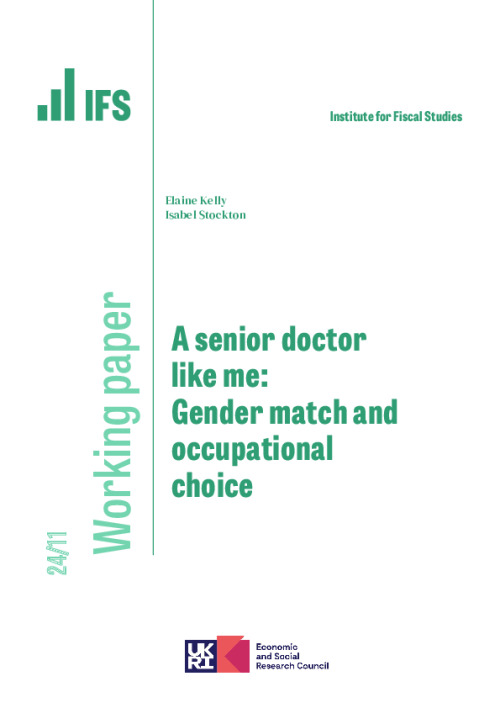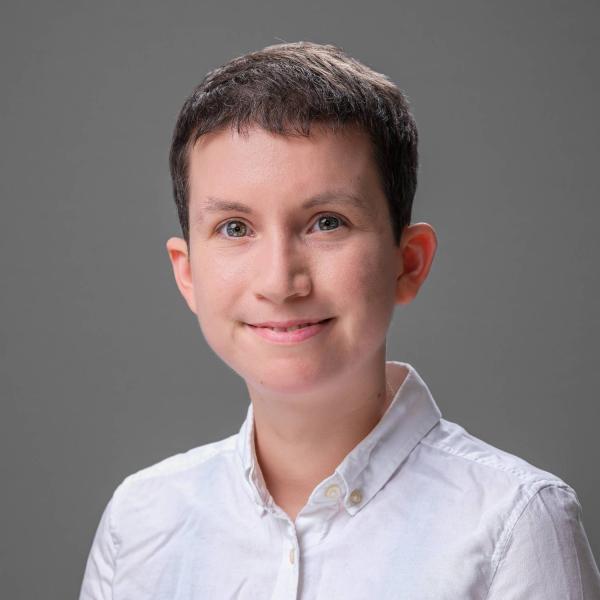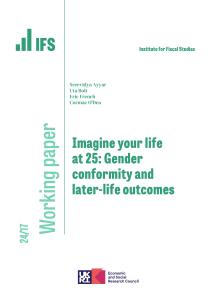Men and women consistently sort into different occupations and fields within occupations. In this paper, we use data on doctors in the English National Health Service, where women make up more than half of all senior pediatricians but only 1 in 8 senior surgeons and cardiologists. We estimate how the gender of supervisors early in one’s career affects subsequent choice of finely-defined occupations, exploiting features of the doctor training pathway in England that generate quasi-random variation in junior doctors’ exposure to senior women. We find greater exposure to senior women specialists increases the probability of junior women subsequently training in their specialty, but only in very male dominated training placements. A junior woman exposed to a 10pp higher share of senior women specialists during a placement is 1.6 percentage points or 24% more likely to pursue training in the placement specialty, if the share of senior women doctors is below 1 in 5. This effect corresponds to two-fifths of the gender gap in training choices, and appears even in specialties that are not particularly male-dominated as a whole. Heterogeneity analyses suggests that access to and relatability of potential role models matter, and that gender match effects interact with preferences for geographic and schedule flexibility.











